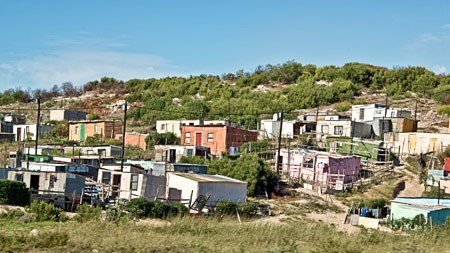When FNB’s Property Barometer (information supplied by real estate professionals that provides insights into the residential property market ) was launched in November 2004, the residential property market was arguably at its peak and demand far outstripped supply: there were rainbows in the bubbles!
The situation changed to a large extent, for various reasons, among them speculation, buyer panic, a buy-to-let frenzy, a credit glut, the collapse of Lehman Brothers, and the massive oil price inflation shock in 2008.
The world and South Africa entered a recession and the household sector bubble burst. Mortgage-related loans came under severe pressure, home prices fell and the FNB House Price Index showed a -9.4% average house price decline from February 2008 to May 2009.
Crisis time
Somewhat ironically, the crisis led to a golden era for home loans, says FNB property strategist John Loos. The SA Reserve Bank (SARB) reduced interest rates sharply to bring the economy out of recession, which greatly reduced the cost of servicing the household debt burden and also helped to reduce the level of arrears and non-performing loans. The distress also kick-started a healthier approach to home loan pricing and credit behaviour.
Interestingly, John reckons the bubble didn’t ever really burst. He says that although the residential market has completed its post-boom “downward price correction”, current real house price levels are still relatively high by historic standards.
Citing the economic growth “super cycle”, which refers to the long term multi-decade cycle, he says that there are a few major positive structural changes in the offing that could boost economic growth considerably in the foreseeable future.
Turbulent time ahead
John believes that the current bout of heightened social and political tensions also heralds the start of a gradual move towards the next major political realignment which is “likely to be a turbulent process”. He adds that SA’s inability to meaningfully raise its productive capacity is contributing to a wide current account deficit on the balance of payments, and factors such as these will continue to contribute to ratings downgrades, heightened investor jitters, and pressure on the Rand.
While he expects 2015 to bring mildly stronger house price growth than recent month’s year-on-year house price growth, he believes it is unlikely that the property market can escape negative economic events indefinitely and that the next decade will be one in which the housing market experiences gradual broad downward correction in real prices towards levels more reflective of a weak economy.
That said, he believes the property sector will remain an exciting place to be, particularly for savvy investors and that much of the focus will shift to urban planning issues and retirement-orientated property development.



